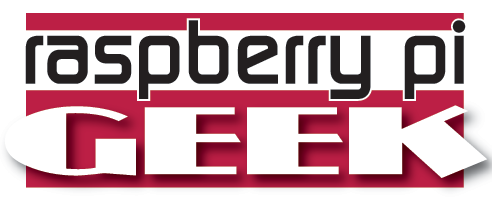Using the Raspberry Pi for a multimedia center on your boat
Some people claim that boat trips are the most expensive and uncomfortable way to travel. Boating enthusiasts believe just the opposite. I am a confirmed boating enthusiast. After moving from Vienna to Berlin, I discovered the wonders of the many lakes surrounding the capital city of Germany and made it a priority to purchase a boat. Once I had sufficient money in hand, I settled on the compact and popular Ypton 22 sailing yacht (Figure 1).
The previous owner of this boat had tricked it out with assorted gadgets. But now it was in the hands of a confirmed nerd who wanted to implement various ideas for electronic gadgets. After all, it is important to make weekend excursions comfortable, and that comfort requires conveniences such as TV and the ability to play multimedia content. I quickly discovered that the Rasp Pi was ideally suited for the role of bringing multimedia to my boat.
Limited Resources
There are always two limiting factors on a sport boat, namely space and electrical power. Although my boat – christened the "Coup de Coeur" – has three batteries available, the batteries only deliver 200 Amp under ideal conditions. This is just enough power to run a 1 Amp device for 200 hours.
[...]
Buy this article as PDF
Pages: 4
(incl. VAT)







